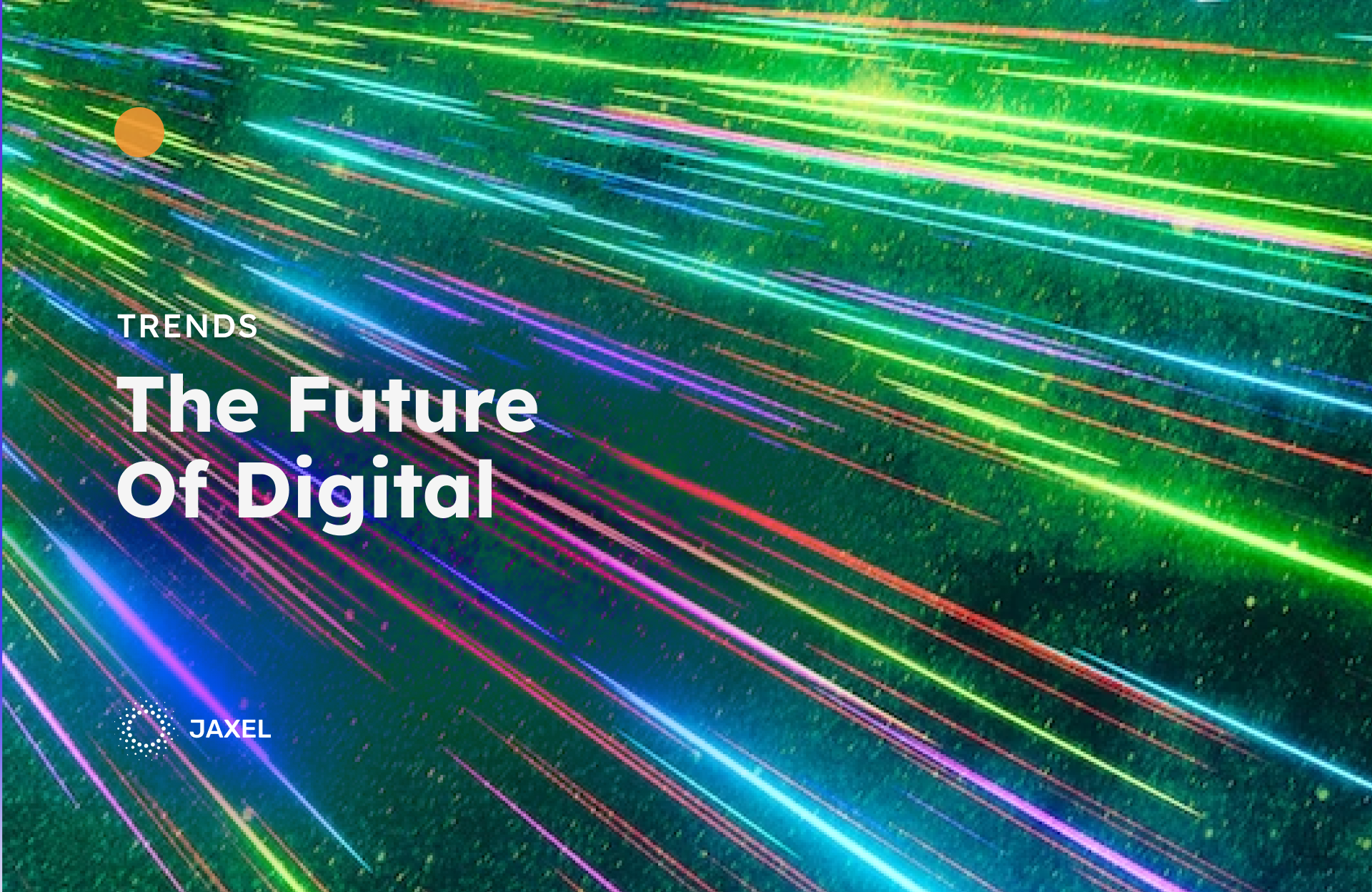Digital advertising has been on the rise for several years, and its popularity shows no signs of slowing down anytime soon. As we move closer to 2023, digital advertising is becoming an integral part of the advertising landscape.
Digital advertising has become an important part of marketing strategies for businesses. Also, it allows companies to reach a larger audience and provides a more targeted approach to advertising. In 2021, digital advertising surpassed traditional advertising in terms of market share. But, this trend will grow in the coming years, with digital advertising projected to account for 67.6% of total media ad spending.
One of the primary advantages of digital advertising is its ability to provide a personalized experience for consumers. Moreover, advertisers can use data analytics to target specific demographics, interests, and behaviors. Thus, this approach not only increases the effectiveness of the ad campaign but also reduces wasted ad spend.
Another trend that has emerged in recent years is the use of artificial intelligence (AI) in digital advertising. AI technology can analyze large data sets and provide insights into consumer behavior. Thus, it can improve ad targeting and optimize campaigns in real-time. This technology is expected to improve and become more widely adopted in the coming years.
One of the key advantages of mobile advertising is its ability to provide a seamless and immersive experience for consumers. So, with mobile devices, advertisers can deliver highly engaging and interactive ads that capture consumers’ attention and drive engagement. Additionally, mobile advertising allows advertisers to target consumers based on their location. It can be especially useful for local businesses looking to reach customers in their area.
The Future of Digital Advertising:
Looking ahead to 2023 and beyond, there are several trends and technologies. So, here are some of the critical insights into the share and beyond.
- Video advertising has seen significant growth in recent years. 93% of marketers who use video say it’s an integral part of their strategy. Also, video advertising is highly engaging and allows advertisers to tell compelling stories that resonate with consumers.
- Privacy and data security have become increasingly important in recent years, and this trend is expected to continue. Moreover, consumers are becoming more aware of how their data is in use and demanding greater transparency and control over their personal information.
- Advertisers will need to adapt to this changing landscape by adopting more transparent data policies and ensuring that they are using data in a responsible and ethical manner.
- Voice search and smart speakers have seen explosive growth in recent years. Also, according to a report by NPR and Edison Research, 53 million people in the United States own a smart speaker, up from 7 million in 2016.
Key Questions to Keep in Mind:
- What are the current trends in digital advertising, and how are they likely to evolve in the next few years?
- What are the key technologies driving the growth of digital advertising, and how are they likely to evolve in the coming years?
- How will consumer behavior and preferences change the digital advertising landscape in the next few years?
- What regulatory changes are likely to impact digital advertising?
- How will data privacy concerns and new privacy regulations affect the use of data in digital advertising?
- What role will artificial intelligence and machine learning play in digital advertising in the coming years?
- How can advertisers use digital advertising to effectively reach and engage consumers in an increasingly crowded and competitive market?
Reasons to choose Digital Advertising in 2023:
There are several reasons why digital advertising will be a crucial component of marketing strategies in 2023:
- The COVID-19 pandemic is the reason digital channels and consumers are spending more time online, making digital advertising an effective way to reach and engage with them.
- Digital advertising allows for more precise targeting than traditional advertising methods. Thus, advertisers can use data such as browsing behavior, location, and demographic information to deliver ads to specific audiences, increasing the likelihood of conversion.
- It enables personalized messaging and experiences, which can improve engagement and conversion rates. By leveraging data and technology, advertisers can create ads that resonate with specific individuals and meet their unique needs.
- Digital advertising is often more cost effective than traditional advertising methods, such as TV and print ads. Advertisers can set budgets and track performance in real-time, allowing for greater control and flexibility.
- The technology provides measurable results, allowing advertisers to track metrics such as impressions, clicks, and conversions.
Mobile advertising is an attractive choice for future trends:
Mobile advertising has seen explosive growth in recent years, thanks in large part to the widespread adoption of smartphones and mobile devices. In 2021, mobile advertising accounted for 72.4% of all digital ad spending worldwide, according to eMarketer. This trend is expected to continue with mobile advertising projected to reach $404 billion in 2023, up from $290 billion in 2021.
Overall, digital advertising offers a range of benefits that make it an attractive option for marketers in 2023 and beyond. As technology continues to evolve, we can expect to see even more innovative and effective digital advertising strategies emerge.
Learn more:
4 Pillars for a great cloud security strategy
How Do We Protect Data in the Cloud?
References:









